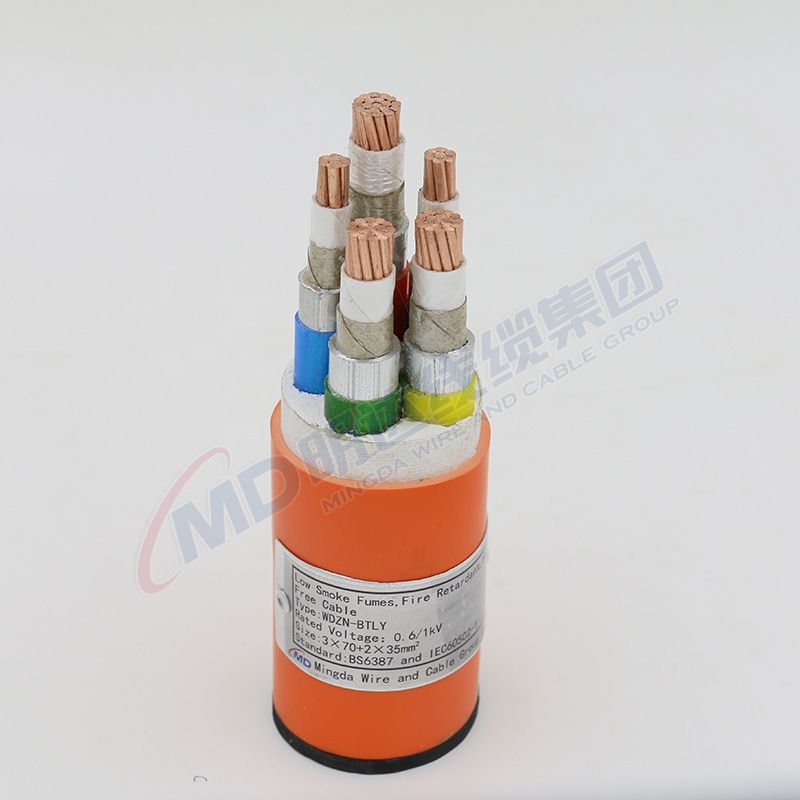Novemba . 12, 2024 10:39 Back to list
3 way air valve
Understanding the 3-Way Air Valve
In various industrial applications, efficient control of airflow is crucial for optimizing processes and ensuring safety. One of the essential components used in controlling airflow is the 3-way air valve. This valve type plays a pivotal role in directing compressed air in a system, allowing for greater flexibility and functionality in pneumatic applications.
What is a 3-Way Air Valve?
A 3-way air valve is designed to control the direction of airflow between three ports. Typically, the ports are designated as the inlet (or supply), exhaust (or vent), and outlet. Depending on the configuration, the valve can either allow air to flow from one source to another or facilitate the exhausting of excess air from the system. The design can support a variety of functions, making it an integral part of many pneumatic systems.
How Does It Work?
The operation of a 3-way air valve can be explained through its various configurations Normally Open (NO), Normally Closed (NC), and the Universal type
.1. Normally Open (NO) In this configuration, the valve allows airflow through to the output unless acted upon by an external force, such as an actuator. This type is often used in applications where constant airflow is required until a specific condition dictates its closure.
2. Normally Closed (NC) Conversely, the NC configuration keeps the valve closed by default, only opening in response to an applied force. This is crucial in applications where safety is a priority, ensuring that air is released only when necessary.
3. Universal Type This versatile option can switch between NO and NC states based on the system requirements. It provides engineers with the flexibility to adapt to changing conditions within the pneumatic system.
When a 3-way valve is actuated, it redirects airflow according to pre-defined pathways. This ability allows for the control of actuators, pressurizing or depressurizing components of a system as needed.
3 way air valve

Applications of 3-Way Air Valves
The applications for 3-way air valves are vast, encompassing industries such as manufacturing, automotive, food processing, and pharmaceuticals. In manufacturing, these valves help in controlling actuators that operate machinery, ensuring precise movements in assembly lines. In the automotive sector, 3-way valves play a role in various pneumatic systems, from braking systems to air suspension systems.
In food processing, where hygiene is paramount, the material of the valve, whether brass, stainless steel, or plastic, is critical. A 3-way air valve designed for this industry not only manages airflow efficiently but is also easy to clean and maintain. Similarly, in pharmaceuticals, the valves help maintain sterile conditions by allowing for controlled airflow in processes that require high levels of cleanliness.
Benefits of Using 3-Way Air Valves
1. Efficiency By managing the direction of airflow, these valves reduce energy consumption within pneumatic systems. This efficiency can lead to significant cost savings over time.
2. Flexibility The ability to switch between different states and control airflow with precision allows for greater flexibility in system design and operation.
3. Safety With their ability to control and exhaust air pressure, 3-way air valves contribute significantly to the safety of pneumatic systems, preventing potential hazards associated with pressure build-up.
4. Durability High-quality materials and thoughtful design ensure that 3-way valves withstand the rigors of industrial operations, often leading to longer lifespans and reduced maintenance costs.
Conclusion
The 3-way air valve is a fundamental component in the realm of pneumatic systems, essential for effective airflow management. Its versatility, efficiency, and role in enhancing safety make it a critical asset across various industries. As technology continues to advance, we can expect these valves to evolve, incorporating smarter controls and further enhancing operational capabilities in industrial settings.
Share
-
Reliable Wafer Type Butterfly Valves for Every IndustryNewsJul.25,2025
-
Reliable Flow Control Begins with the Right Ball Check ValveNewsJul.25,2025
-
Precision Flow Control Starts with Quality ValvesNewsJul.25,2025
-
Industrial Flow Control ReliabilityNewsJul.25,2025
-
Engineered for Efficiency Gate Valves That Power Industrial PerformanceNewsJul.25,2025
-
Empowering Infrastructure Through Quality ManufacturingNewsJul.25,2025